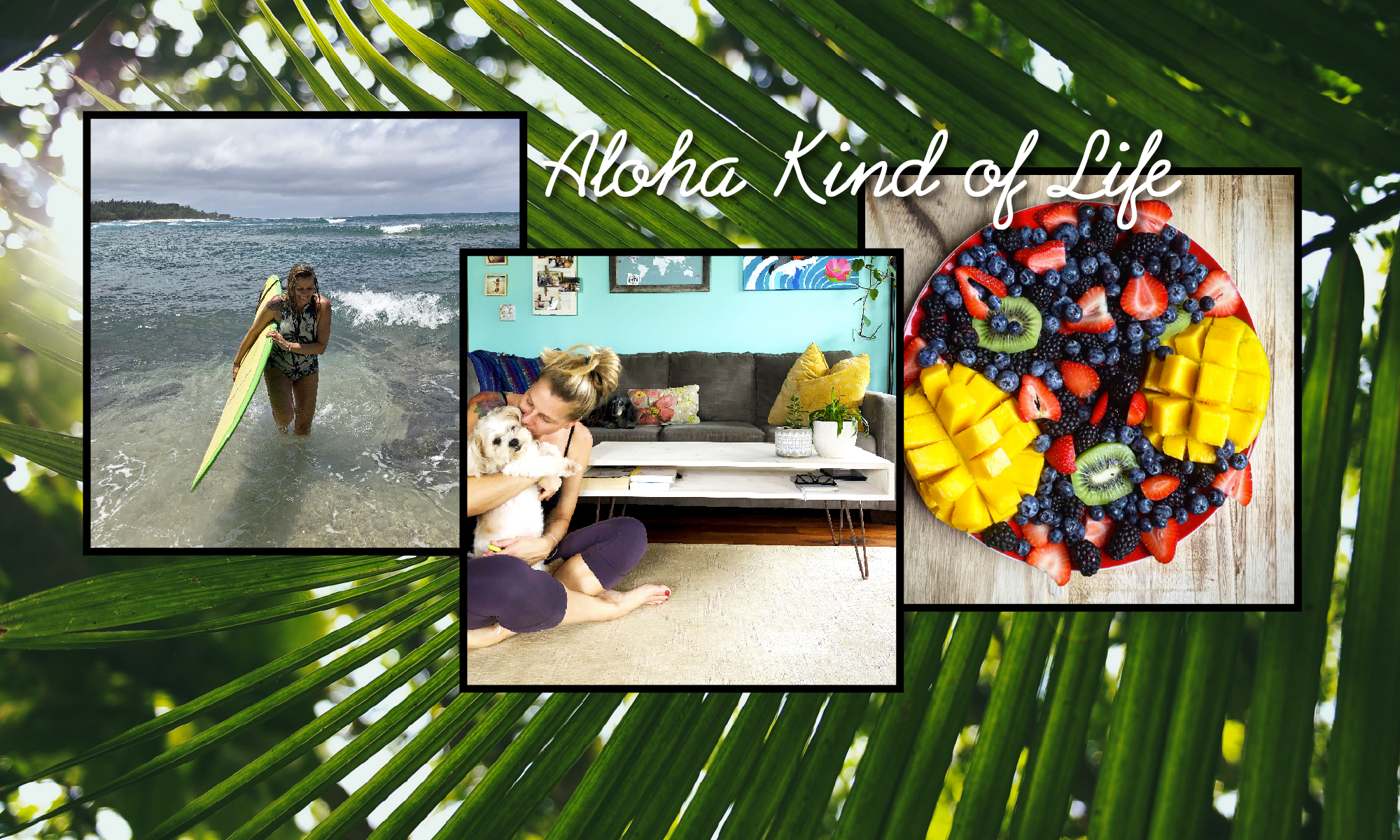
There is a common belief that sun exposure leads to skin cancer, and the only way to protect against it is to lather up with sunscreen. Being raised in the 80s and 90s in Hawaii, this belief was prevalent. But did you know that the sun actually protects you against cancer?
Vitamin D is nicknamed the “sunshine vitamin” because the skin actually produces it from sun exposure. Research has proven that a low level of Vitamin D is actually a risk factor for melanoma and breast cancer in women. Besides fighting cancer, vitamin D is important for bone growth, preventing osteoporosis, and it also strengthens the immune system and helps the body fight other diseases.

Now in no way am I telling you to go out and fry in the sun, but contrary to popular belief getting a little sunshine is actually good for your health!
So how do we get enough Vitamin D?
Certain factors may be preventing us from getting enough vitamin D and these may include:
- Pollution. Air pollution prevents humans from getting UVB through to the earth’s atmosphere, which hinders our bodies from producing vitamin D.
- Where we live. The further from the equator the less sunshine, preventing our bodies from producing vitamin D.
- Skin color. Dark skinned people have more melanin than light skinned people so they need more UVB exposure in order to produce vitamin D.
- Age. Studies have shown that the older you get, the harder it is for your body to produce vitamin D.
- Body Weight. Several studies have shown that being obese can affect the bioavailability of vitamin D in your bodies.
In addition to sunlight exposure, consuming a healthy diet rich in vitamins and antioxidants is the best way to get more vitamin D. Eating fresh, raw and unprocessed foods will give your body what it needs to produce healthy oils in your skin, which will protect you from damaging sun rays.
How can we use the sun wisely?
Believe it or not in recent decades skin cancer rates have actually gone up despite people religiously using sunscreen and avoiding sun exposure. A recent study in the Journal of Dermato-Endocrinology said that there is a wide range of health benefits from sun/UV exposure. They said that the message of sun avoidance must be changed to non-burning sun exposure.
This is why I don’t completely avoid sun exposure; rather I try to get a little sunshine every day. We are naturally built to receive the suns rays, and the more time spent in the sun your body will build a natural immunity. Obviously we wouldn’t want to sit and bake in the sun ALL day, more is definitely not better when it comes to sun exposure.

Depending on the color of your skin, you may only need 10-20 minutes of sun exposure a day to get the UVB rays your body needs to produce vitamin D. Everyone is different, the darker your skin the more exposure you need. Personally living in Hawaii and loving the ocean, I can usually handle about 30-45 minutes of sunshine before I try to cover up.
Tips for the sun:
- Limit your time in the sun during the hottest part of the day from 11am-4pm.
- As much as possible cover up with protective clothing and accessories. If your hitting the beach always carry a big beach umbrella or pop up cabana (that I can’t live without).
- When clothing isn’t an option, choose a safe natural sunscreen that doesn’t have toxic chemicals.
In addition to outward protection you can increase your internal protection against harmful UVA rays by taking Astaxanthin. Studies show that it’s a powerful antioxidant that acts as an internal sunscreen, and reduces signs of aging by protecting your skin from damage.
Thank you for reading! Stay tuned for the next blog: “Best Natural Sunscreens for surfers & ocean lovers.”






























